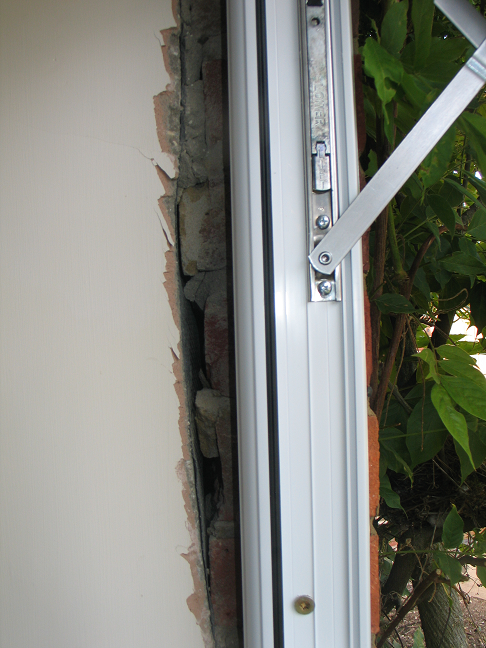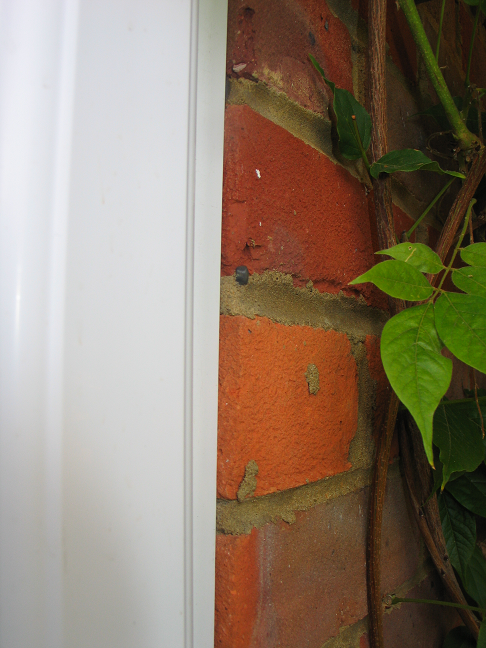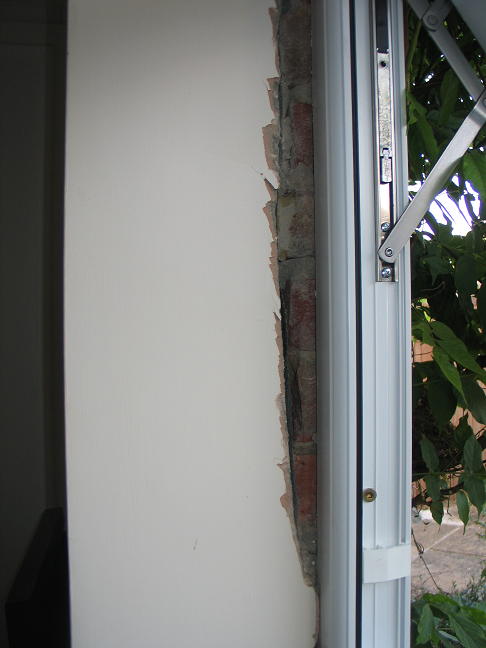- Joined
- 11 Jan 2018
- Messages
- 5
- Reaction score
- 0
- Country

In my house (which was built 25 years ago) the windows have been fitted so that part of the outer leaf of the cavity wall is exposed inside the window (plastered over, of course). We have had damp coming through around the windows, which I have assumed is because the outer leaf of the wall is damp from rain etc., and there is nothing to stop this coming through inside the windows through the plaster. We have just had all the windows replaced, and one of them needs the plaster around the window replaced.

It seems to me that if we just have the plaster repaired, we will again get the same damp problem. Questions:

It seems to me that if we just have the plaster repaired, we will again get the same damp problem. Questions:
- Should the window be fitted so that part of the outer leaf of the wall is exposed inside the house?
- If so, what damp proofing (if any) should be used?
- What can I do now, before plastering, to prevent ingress of damp? Is there some kind of spray-on or paint-on damp proofing that could be applied before plastering (and then plastered over)?
- Or am I worrying about a problem that will not occur (like my plasterer says)?



